Knowing how to tie a tie is an essential skill that can save you from unexpected situations. Imagine a man en route to an important business meeting suddenly noticing a coffee stain on his tie. In such a moment, his proficiency in quickly and neatly tying a replacement tie is indispensable. This scenario underscores the importance of mastering simple methods of tying a tie, ensuring you're always prepared to look your best, whether in a professional or personal setting.
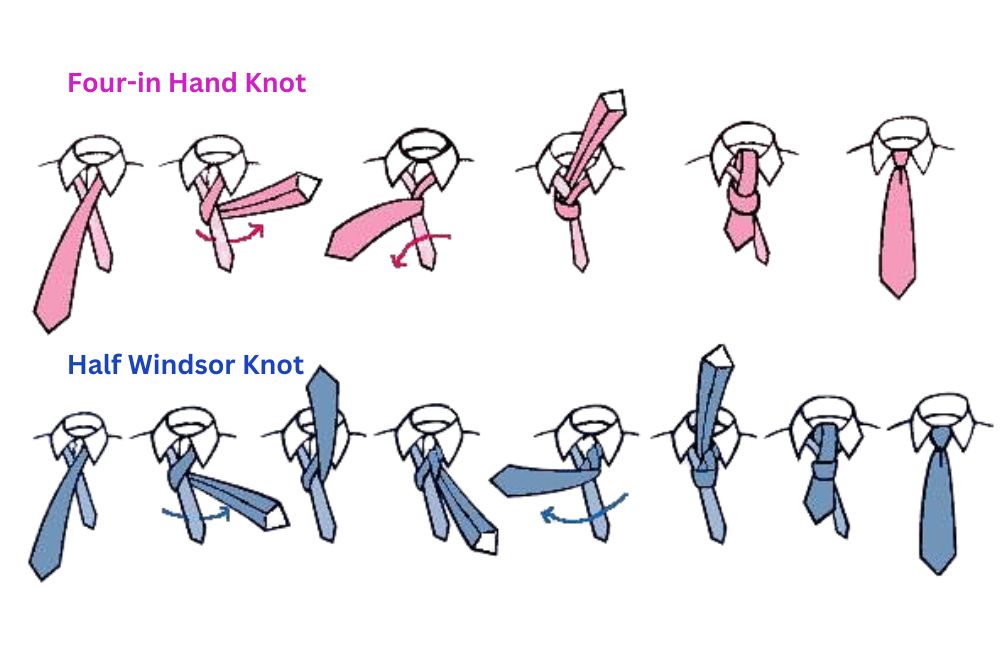

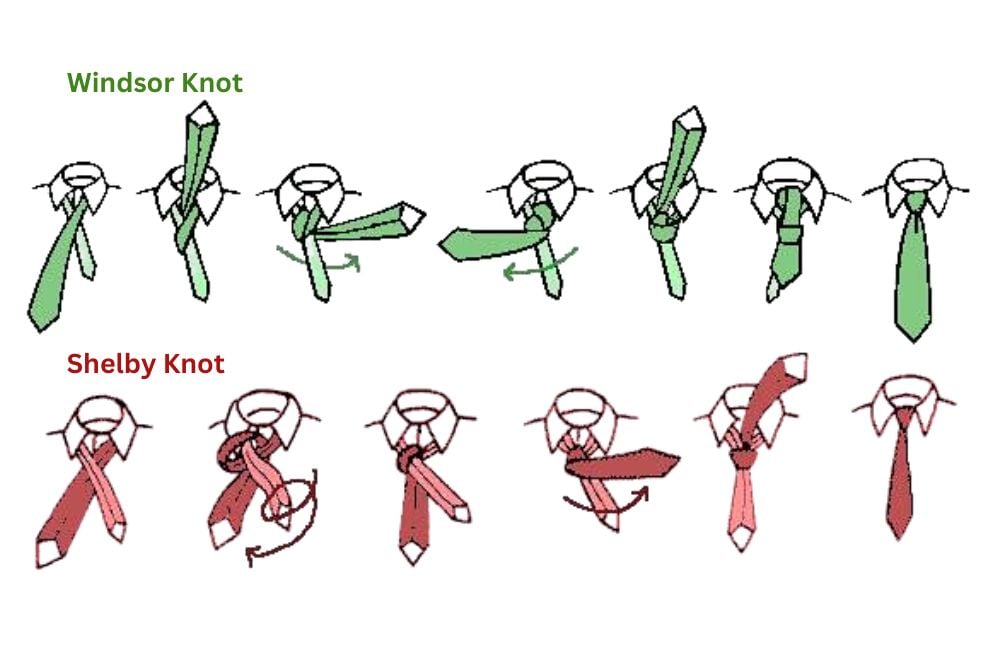

Step By Step Instructions on How to Tie a Tie
Tying a tie doesn't have to be complicated. The easiest way to tie a tie involves just a few simple steps:
- Position the Tie: Place the tie around your neck, ensuring the wide end is longer than the narrow end. The exact difference in length will depend on your height and the tie's length, but generally, the wide end should hang roughly 12 inches lower than the narrow end.
- Cross Over: Hold the narrow end stationary and bring the wide end across it, creating an X-shape just below your collar.
- Wrap Around: Take the wide end and wrap it behind the narrow end, passing it horizontally from right to left.
- Bring Up and Through: Bring the wide end up in front of the loop around your neck and then down through the loop you’ve just created in the front.
- Form the Knot: Pull the wide end through the loop and adjust the knot by sliding it upwards toward your collar, while pulling the narrow end down to tighten.
- Adjust for Symmetry and Length: Fine-tune the knot to make it symmetrical. Ensure the tie reaches your belt buckle but does not go significantly past it. The tip of the narrow end should be completely covered by the wide end.
For a successful Four-in-Hand knot, remember:
- The knot should be slightly asymmetrical and elongated.
- Keep your movements smooth and adjust the tightness as you go for the best result.
- This knot is suitable for most types of ties and works well with narrow, medium, and semi-spread collars.
The Four-in-Hand knot, with its simplicity and elegance, is a perfect starting point for anyone new to tying ties and a reliable choice for seasoned individuals.




How to Tie a Traditional Necktie?
Tying a traditional tie involves creating a classic knot tie that's symmetrical and appropriate for most professional settings. While tying, it's important to ensure the knot sits snugly against the collar and the length is appropriate, with the tip just touching the belt buckle. The fabric's thickness and the shirt's collar size can influence the choice of knot, making it essential to adapt accordingly.
How to Tie a Skinny Necktie or Slim Tie?
When it comes to men's skinny ties and slim ties, the tying process is like traditional ties but with a focus on maintaining a slender profile. The key difference is ensuring the knot remains small and proportional to the tie's width. For skinny and slim ties, less is more, so aim for a neat and tidy knot that complements the tie's sleek appearance.
19 Different Types of Tying a Tie
The styles of tying a tie have evolved over time, each with its unique history and suitability for various occasions and shirt types.
Four-in-Hand Knot
The Four-in-Hand knot is renowned for its simplicity and versatility. It's slightly asymmetrical, lending a casual yet tidy appearance, making it suitable for almost every occasion and shirt collar. This knot is particularly favored for its ease of tying and adaptability, working exceptionally well with narrow spread or button-down collars. Its modest size makes it a practical choice for most tie fabrics.
Windsor Knot
The Windsor Knot, also known as the Full Windsor, is a classic symbol of sartorial elegance. It forms a wide, symmetrical triangle, making a bold statement ideal for formal events and business settings. This knot pairs best with widespread collars due to its substantial size. It requires a bit more length from the tie but offers a distinguished look that exudes professionalism and sophistication.
Half-Windsor Knot
The Half-Windsor Knot offers a balanced approach to elegance. Less bulky than the full Windsor, it creates a neat, symmetrical, and triangular shape. This knot is versatile and suitable for a variety of occasions and shirt collars, particularly those of medium spread. It's an excellent choice for those who want the neatness of a Windsor knot without the added bulk.
Pratt Knot (Shelby Knot)
The Pratt, or Shelby Knot, strikes a perfect balance between simplicity and elegance. It forms a neat, symmetrical, and medium-width knot. Easy to tie, it works well with a wide range of shirts and is suitable for most occasions. Its versatility makes it a go-to choice for those seeking a knot that's neither too large nor too small.
Bow Tie Knot
A staple for formal attire, the bow tie knot is synonymous with elegance and sophistication. Used primarily in black-tie events, it adds a unique touch of class. Tying a bow tie involves precise folding and looping, resulting in a symmetrical and distinguished look. It's a timeless choice that commands attention and adds a significant level of formality to your outfit.
Balthus Knot
The Balthus knot is notable for its large, wide, and symmetrical shape. It makes a bold statement and is ideal for those looking to stand out. This knot requires a longer tie and is more suited for less formal occasions due to its unconventional size. It's perfect for individuals who aren't afraid to make a fashion statement with their tie.
Eldredge Knot
The Eldredge knot is for the sartorially adventurous. Known for its intricate pattern and unique design, this knot is complex and decorative. It involves a series of overlapping loops, creating a distinctively modern and eye-catching style. It's a conversation starter, ideal for occasions where making a memorable impression is key.
Trinity Knot
The Trinity knot is as decorative as it is intricate, featuring a three-way symmetry that creates an attractive pattern. This knot is not just about function; it's a piece of art. It's perfect for special occasions where you want to showcase your tie-tying skills and add an artistic flair to your outfit.
Cafe Knot
The Café knot is an unconventional and artistic choice, offering a stylish alternative to traditional knots. It's less common but can be a stunning focal point of an outfit, especially in creative or less formal settings. This knot is for those who enjoy expressing their unique style and personality through their attire.
Kelvin Knot
A variation of the Four-in-Hand, the Kelvin knot is slightly more elongated and symmetrical. It offers a neat, streamlined appearance, making it a great choice for business and casual settings alike. This knot is straightforward to tie and works well with a variety of shirt collars, providing a touch of understated elegance.
Nicki Knot
The Nicki knot is a simpler variant of the Pratt knot. It’s small, slightly asymmetrical, and easy to tie, making it ideal for everyday wear. This knot is unobtrusive yet stylish, suitable for those who prefer a minimalistic approach to their attire but still want to maintain a polished look.
St. Andrew Knot
The St. Andrew knot is a larger, more elongated variant of the Half-Windsor. It provides a notable presence without being overly bulky, making it suitable for business and semi-formal occasions. This knot pairs well with spread collars and adds a touch of elegance to your ensemble.
Grantchester Knot
The Grantchester knot is known for its bulky and wide appearance. It's a formal knot, best suited for wide collars and special occasions where a bold statement is appropriate. This knot demands attention and is ideal for those who prefer a more pronounced and distinctive tie knot.
Hanover Knot
Even bulkier than the Grantchester, the Hanover knot makes a grand statement. Its large and wide formation is best suited for formal wear and pairs well with wider collars. This knot is for those who are comfortable with a substantial and commanding tie presence.
Plattsburgh Knot
The Plattsburgh knot is neat, tidy, and similar in style to the Half-Windsor, but it sits lower on the collar. It's a versatile knot, suitable for both business and casual wear. This knot is ideal for those who want a balanced and proportionate look that's not too flashy but still sophisticated.
Victoria Knot
The Victoria knot is a modest and slightly asymmetrical choice, akin to the Four-in-Hand but with an additional wrap. It provides a subtle twist on a classic style, offering just enough uniqueness to stand out while maintaining a professional appearance.
Persian Knot
Similar to the Pratt knot but tied inside out, the Persian knot creates a distinctive and unusual look. It's an interesting choice for those looking to add a twist to the traditional tie knot, offering a blend of uniqueness and elegance.
Manhattan Knot
The Manhattan Knot is a modern and compact version of Windsor. It provides a neat, symmetrical appearance suitable for a variety of occasions, from business meetings to casual gatherings. This knot is ideal for those who prefer a tidy and unobtrusive style.
Onassis Knot
The Onassis knot is more about styling than tying technique. It's created by draping the wide end over the knot rather than pulling it through, resulting in a distinctive and luxurious appearance. This knot is perfect for those who want to add a touch of flair and individuality to their outfit.
Tie Your Way to the Top
Mastering different ways of tying a tie not only complements your suit and necktie ensemble but also has practical career and social benefits. In professional settings like job interviews or business meetings, a well-tied tie conveys attention to detail and seriousness. Socially, being adept at tying a tie boosts confidence at formal events and demonstrates a sense of etiquette. This skill is not just about fashion; it's an integral part of presenting yourself as polished and prepared for various occasions.
In conclusion, whether it’s for a business meeting, a formal event, or simply to enhance your daily style, mastering the art of tying a necktie is a valuable skill. From the simplicity of the Four-in-Hand knot to the sophistication of the Windsor, each style carries its charm and appropriateness. Embracing this skill not only improves your appearance but also bolsters your confidence in both professional and social settings, making it a quintessential aspect of a gentleman's repertoire.

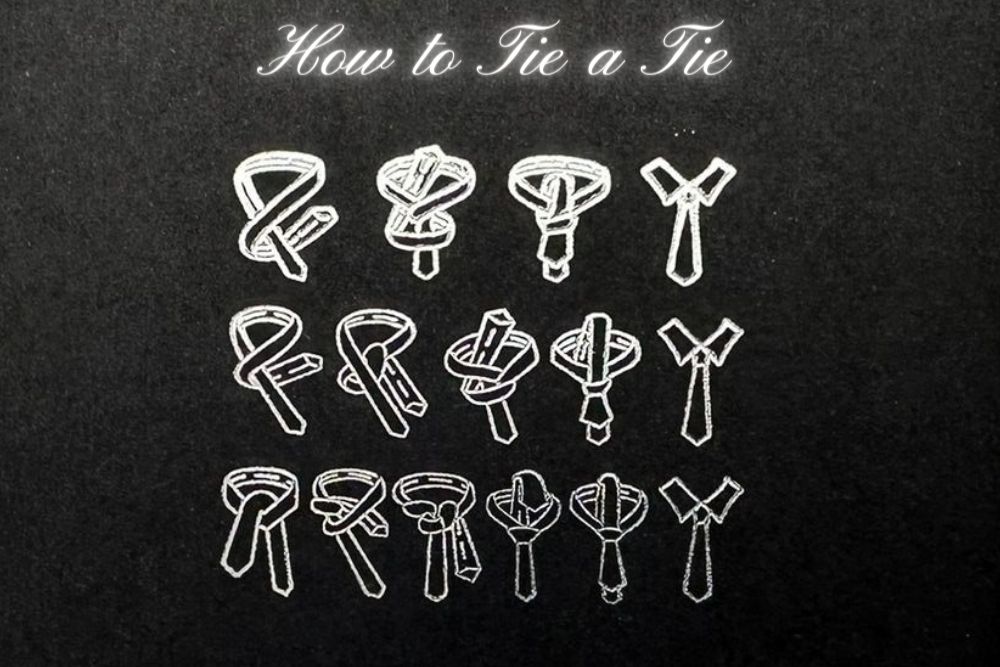
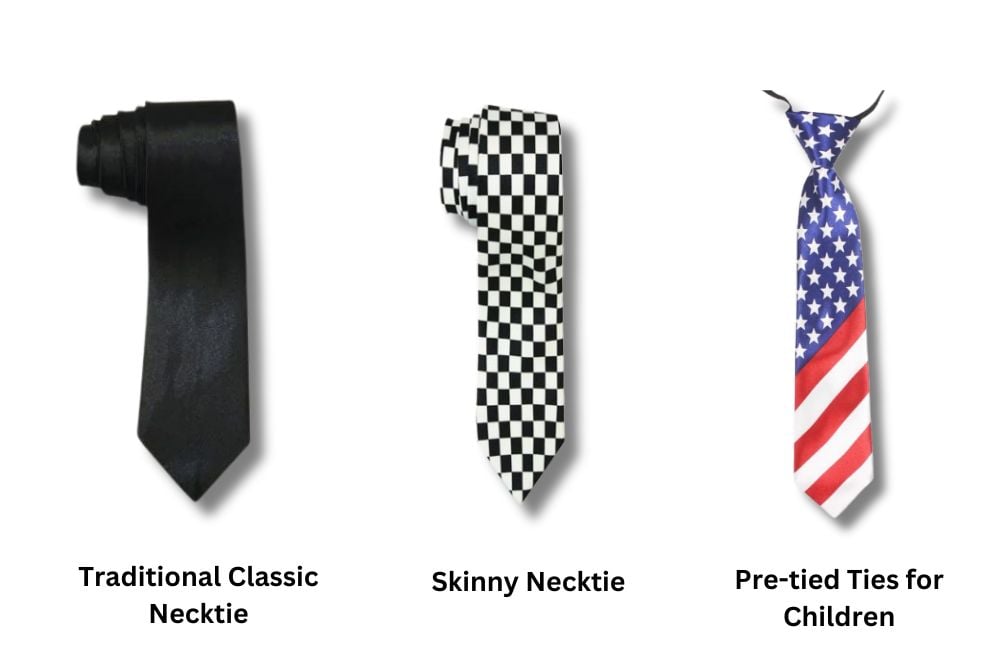
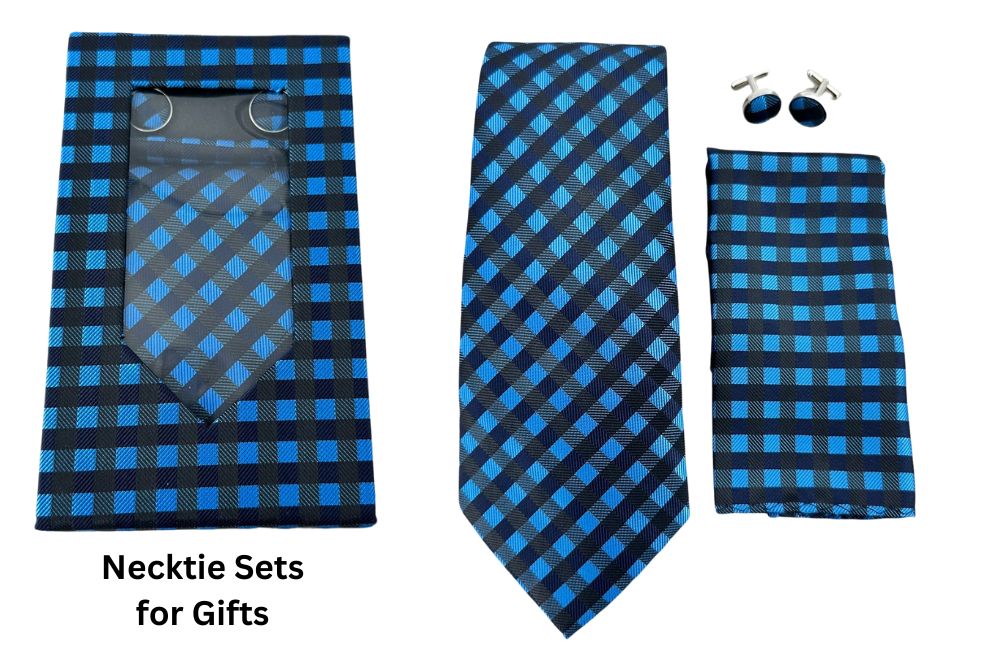


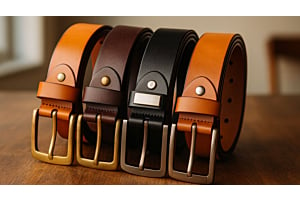


0 Comment(s)